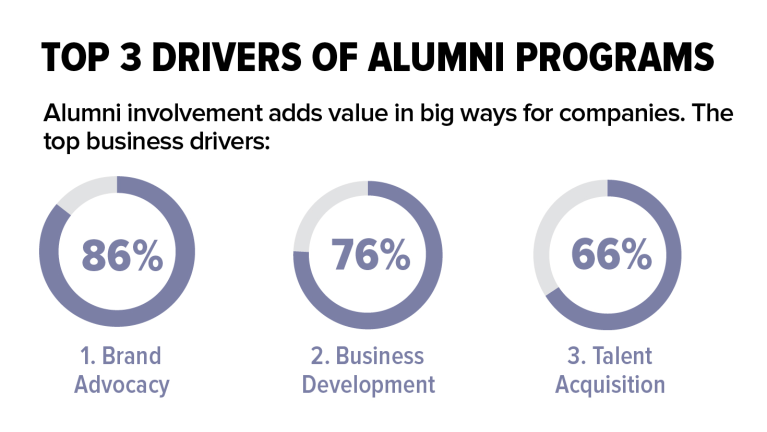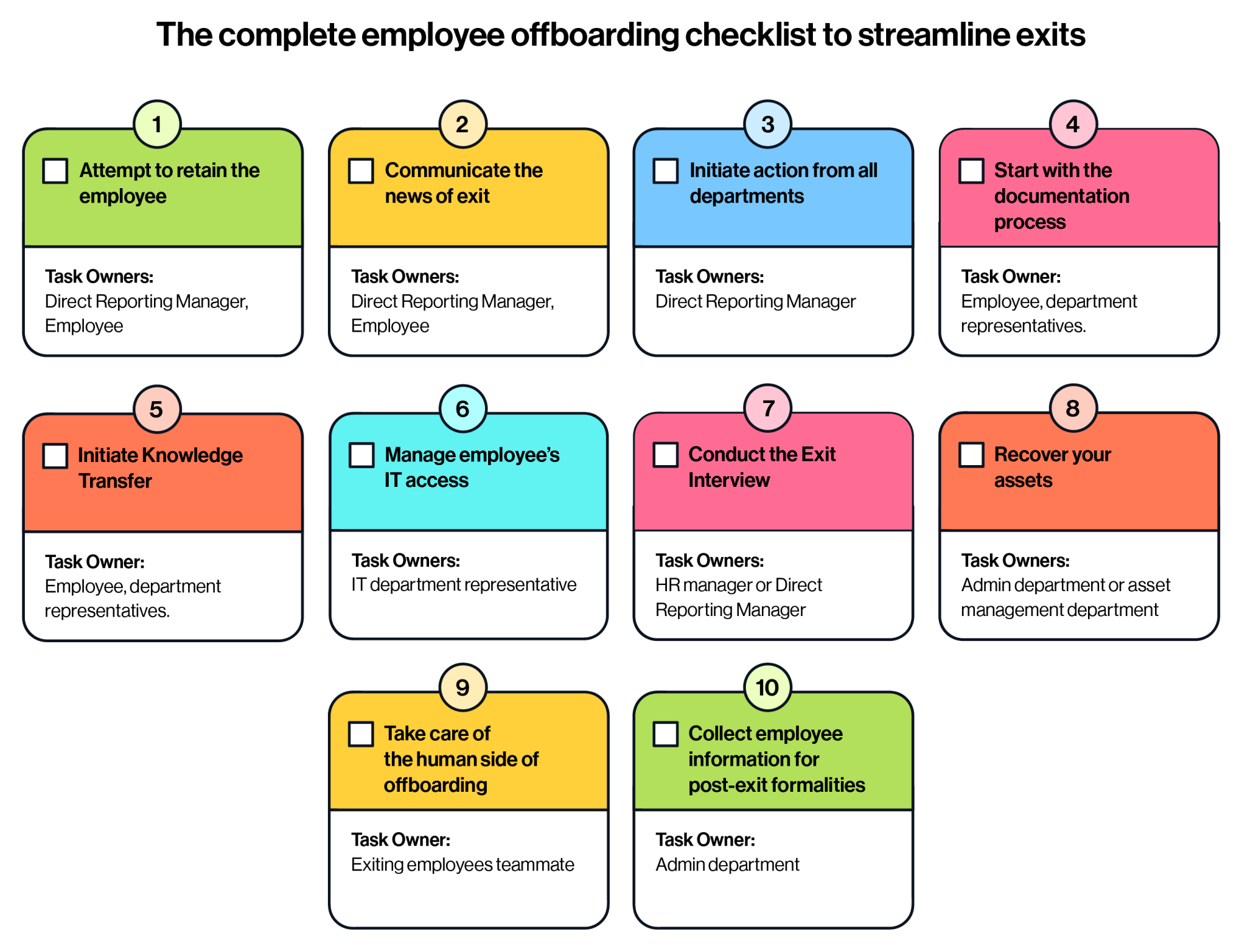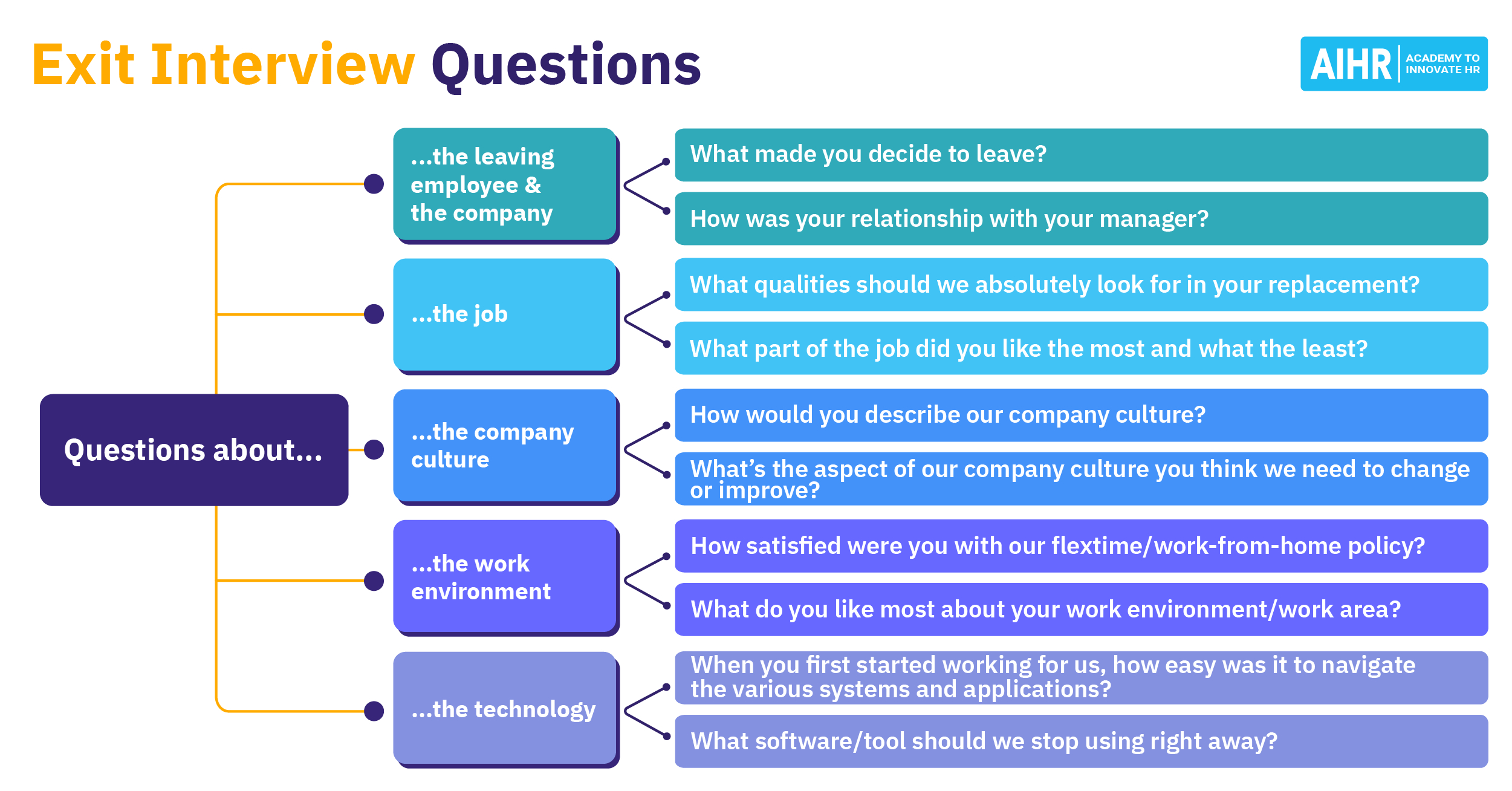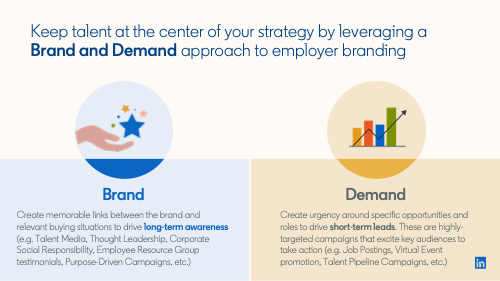In the dynamic landscape of today's professional world, where economic uncertainties and unforeseen challenges can arise at any moment, organizations are faced with difficult decisions that impact their workforce. The recent wave of mass layoffs that swept through the tech industry, affecting prominent companies like Amazon, Google, Meta, and others, served as a stark reminder of the importance of handling the offboarding process with empathy and care.
Imagine waking up one morning, ready to tackle your workday, only to find yourself abruptly logged off, unable to access your office or even enter the building. This unsettling scenario became a reality for thousands and lakhs of employees caught in the turmoil of these unexpected layoffs. The consequences were far-reaching, particularly for immigrant workers faced with strict employment deadlines that could result in their forced return to their home countries.
According to a study by Forbes, laid-off professionals suffer massive and often, long-lasting negative impacts on their mental health as well.
The aftermath of these events shed light on the significance of organizations standing by their employees during difficult times, ensuring a smooth transition for departing staff members. This blog aims to guide HR professionals and decision-makers to do just that and gain a heightened awareness of the impact their actions have on individuals' lives, not just from a business standpoint but, more importantly, from a human perspective.
Tough times come and go, and challenging decisions are often unavoidable. However, one thing’s for certain- there’s always a better way to go about it.
Read on.
Understanding Offboarding
In any organization, the offboarding process marks the culmination of an employee's journey and is a critical phase that requires careful attention. But what does it truly entail?
Offboarding involves several key stakeholders, each with their own roles and responsibilities. HR professionals play a vital role in overseeing the process, ensuring compliance with legal requirements, and managing administrative aspects such as exit interviews, documentation, and benefits coordination.
Managers, on the other hand, play a crucial role in providing support and guidance during the offboarding process. They are responsible for facilitating knowledge transfer, ensuring that the departing employee's tasks and responsibilities are properly transferred or redistributed.
Of course, the departing employee themselves is a key stakeholder. Their experience and perception during this phase can have a lasting impact on their professional reputation, future opportunities, and overall well-being.
The primary goals of the offboarding process revolve around several key aspects. First and foremost, it aims to ensure minimal disruption to ongoing projects or workflows. Additionally, it should seek to provide departing employees with the necessary support and resources to navigate their career transition successfully. This can include assistance with job search, resume building, and networking opportunities.
Another vital goal is to maintain positive relationships with departing employees, fostering a sense of goodwill and leaving the door open for potential future collaboration or re-employment. Organizations that handle offboarding effectively demonstrate their commitment to their employees' well-being, even during challenging times, and strengthen their employer brand as a compassionate and supportive workplace.
“If your organization provides a consistent experience from onboarding to offboarding, you send a strong message that you are who you say you are. Taking time for an effective offboarding process shows current and prospective employees that your organization values them for more than their contribution to the bottom line.” - Cassie Whitlock, director of HR at Lindon, Utah-based BambooHR
Importance Of A Standardized Offboarding Process
As Whitlock also pointed out: the sad reality is that according to human nature, individuals often don’t want to invest time, heart, or resources into someone that’s leaving their company.
Your organization will grow tenfold the day you decide to formulate an offboarding process that comes from a place of compassion and care. It should not be a mere formality but is a critical component of effective talent management. Implementing a proper standardized offboarding process brings numerous benefits, some of which we’ve detailed below.
- Consistency
According to a study by Zavvy, 71% of organizations do not have a formal offboarding process in place, which can prove detrimental for the employer further down the line.
A standardized offboarding process ensures consistency and adherence to legal and regulatory requirements. It helps organizations fulfill their obligations, such as providing necessary documentation, addressing benefit entitlements, and protecting sensitive data.
- Positive Employee Experience
The same study by Zavvy showcased that 40% of employees claimed that they would consider “boomeranging” and going back to work for an ex-employer. In fact, 15% of employees have even taken the plunge and gone back. However, this won’t happen if you do not create a positive experience for the professional on their way out. A well-structured process demonstrates that the organization values and respects their contributions, even as they leave.
- Knowledge Retention and Transfer
An important aspect to remember is that the offboarding process should ensure that departing employees' insights, expertise, and institutional knowledge are captured and shared with remaining team members.
A key aspect is to properly revoke company access well in time. According to a report by Eddy, 76% of IT directors agree that ineffective employee offboarding poses a serious security risk and 20% of organizations say they have experienced data breaches connected to ex-employees
- Employer Branding and Reputation
Needless to say, a structured offboarding process contributes to a positive employer brand and enhances the organization’s reputation. According to the same report from Eddy, it can improve employee retention rate from 57% to 71% and increase engagement from 33% to 44%.
Once a professional leaves an employer behind, they are most likely to take to sites like Glassdoor to inform others about their experiences. According to VCandidates, 76% of candidates are likely to look up a company on social media and 46% will weigh the reputation heavily before considering applying/joining the job. Negative reviews can drastically hamper your chances of acquiring the top talent in the market.
Best Offboarding Practices & Strategies For 2023
While formulating an effective offboarding process, it’s best to look at past examples and practices that have proved to be successful in safeguarding employees' interests. However, never forget that innovation is the need of the hour.
Continue refining your process as the market evolves and the norm changes. Here are a few guidelines.
- Clear Communication and Timely Notification
Transparent and timely communication is vital during the offboarding process. HR teams should provide departing employees with clear notification of their departure date, exit procedures, and expectations. Also, this should also extend to managers and the broader team so that all parties are aware of the upcoming transition and can prepare in advance.
- Tailored Offboarding Plans
Each departing employee's offboarding journey is unique, necessitating tailored plans to address their specific needs. HR professionals should collaborate with the departing employee to develop a personalized offboarding plan that addresses tasks, knowledge transfer, and necessary resources.
This also includes customized farewell events or activities that align with the individual's interests or accomplishments. By recognizing their achievements and expressing gratitude, organizations can leave a lasting positive impression and reinforce a culture that values and appreciates its employees.
- Exit Interviews and Feedback
Conducting thorough exit interviews provides an opportunity to gather valuable feedback from departing employees. HR professionals should utilize this time to understand the reasons for departure, identify areas of improvement, and gain insights into the employee experience.
By actively listening and incorporating feedback, organizations can continuously improve their practices, identify trends, and address any systemic issues that may impact employee retention in the long term.
- Supportive Services and Resources
Offering supportive services and resources to departing employees demonstrates a commitment to their well-being and career transition.
Organizations can provide assistance in the form of career coaching, resume-building workshops, job search support, and networking opportunities.
- Be Mindful Of Different Employee Scenarios
In addition to the previously discussed best practices, it is crucial for organizations to recognize that the offboarding process should be adaptable and tailored to different employee scenarios. For example:
- Retirement or Voluntary Departure
Employees reaching retirement age or choosing to leave the organization voluntarily deserve a celebratory send-off that acknowledges their contributions and long-term dedication. Arrange special retirement events, personalized mementos, or testimonials to honor their legacy and show appreciation for their service.
2. Career Transition or Job Change
Employees leaving for new career opportunities or transitioning to different roles within the organization can benefit from targeted support. Be considerate of their timelines and document requirements and offer to provide a good recommendation!
3. Restructuring or Position Elimination
3. Restructuring or Position Elimination
In situations where positions are being eliminated due to restructuring or downsizing, compassionate communication and assistance are essential. Provide outplacement services, job placement support, and skill enhancement resources to help employees secure new employment swiftly and maintain their financial stability.
4. Contract or Temporary Employees
4. Contract or Temporary Employees
The offboarding process for contract or temporary employees should be treated with the same care and respect as permanent employees. Express gratitude, and provide them with referrals or recommendations to support their future career endeavors.
Striking A Balance Between Automation & The Human Touch
It’s the digital age and it’s no secret that technology plays a pivotal role in streamlining and enhancing various aspects of business operations, including the offboarding process. Embracing the right technological tools and solutions can significantly improve efficiency, communication, and documentation.
For example, digital offboarding workflows and checklists can help HR ensure that nothing falls through the cracks. There can also be online portals set up that provide the necessary guidance for the procedure and FAQs. Moreover, feedback can also be captured through online surveys.
However, while technology is great, it should not overshadow the importance of human connection throughout the offboarding process. Personalized communication, empathy, support, and open dialogue are critical during this transitional phase. Remember, technology should serve as an enabler and enhancer, complementing the human touch rather than replacing it. That’s a critical mistake that several organizations are making today.
By utilizing the insights and best practices discussed, you can begin by assessing your existing offboarding process, identifying any gaps or areas for improvement, and then making necessary changes. However, the journey doesn't end there.
The competition is increasingly becoming cut-throat. Organizations must prioritize attracting and retaining the best talent in the market, and that’s where we come in.
At GTX, we understand the importance of building a strong employer brand and creating a positive candidate experience throughout the employee lifecycle. We offer comprehensive talent acquisition solutions tailored to your specific needs by leveraging our extensive network, industry expertise, and innovative recruitment strategies.
With our help, enhance your visibility and reputation in both the Indian and international markets.
Reach out for a customized campaign proposal today!













